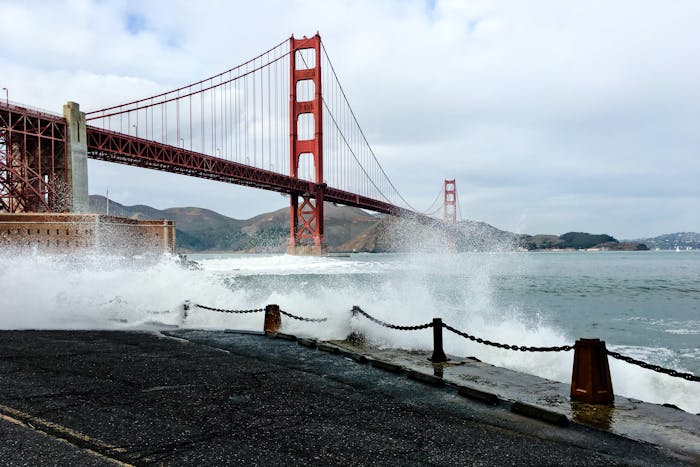Social Equity
Social equity is key, and relationship-building with communities must start on day one.
Community engagement should start at the inception of the process so communities can identify priorities and challenges, and then designers can work from that foundation with communities. Communities need to drive priorities, which could have been accomplished more aptly if the teams had been matched to sites earlier in the process. This would have allowed design teams more time to build relationships and trust with communities.
Source: Resilient by Design Bay Area Challenge Assessment Report | Consensus Building Institute, 2018

 03 Good Health and Well-being
03 Good Health and Well-being
 11 Sustainable Cities and Communities
11 Sustainable Cities and Communities
 13 Climate Action
13 Climate Action
 17 Partnerships for the Goals
17 Partnerships for the Goals
 08 Decent Work and Economic Growth
08 Decent Work and Economic Growth
 09 Industry, Innovation and Infrastructure
09 Industry, Innovation and Infrastructure